How Many Letters do We Really Need in the LGBT Acronym?
October 22, 2018
From the Stonewall riots in 1969 to the legalization of gay marriage across the United States in 2015, the LGBT community has endured so much and evolved throughout the years to promote a welcoming and safe environment for new members of the community.
However, what we’ve evolved into now is clearly far from our prime. We have reached a point where we are bastardizing ourselves and going against what the pioneers of gay and transgender rights in America fought for: the right to be out, proud, and under no obligation to appease or always include straight, cisgender people in our intra-community discourse.
If you’ve ever heard anyone talk about the community, they may use a variant of the original “LGBT” acronym to include more letters, like LGBTQ, LGBTQIA, LGBTQIAPD, and so on until the acronym looks less like an acronym and more like the result of your cat walking all over your keyboard. A famed YouTuber named Ash “Hardell’s most notable works is a book called “The ABCs of LGBT”, which is a dictionary of over 100 terms and labels! These messes of acronyms are confusing and unnecessary. New members of the community are bound to be overwhelmed by all the new and uselessly ultra-specific labels that don’t even have anything to do with LGBT. The people who use these new labels exclusively usually don’t even face the same struggles as LGBT people do.
It was first in 1996 when a few people had called for the addition of the letter “Q“ to the acronym, standing for “queer”. Today, the acronym with the addition of the “Q” is widely accepted, but was this really an essential incorporation? Here in California, “queer” isn’t used as a slur and many LGBT people use the term as a self descriptor or a catch-all umbrella term for the community. However, to many gay and transgender people elsewhere in the U.S. (especially in the South), “queer” is still very much a slur that homophobes throw around with malice.
Many people have expressed distaste for this term, as they would not like to reclaim slurs that could have been used against them and be forced into using that term for their identity. The word “queer” is also a very broad label, and any random person could just stick it on themselves without even being transgender or experiencing attraction to the same gender, and no one would dare to question them in an LGBT exclusive space.
In later years, people began rallying for the addition of the “IA” to the end of the acronym as well, standing for “intersex” and “asexual/aromantic.”
Intersex (often inaccurately referred to as hermaphroditism) is an umbrella term for birth variations in which babies are born with sexually ambiguous chromosomes, hormones, or genitals; they do not fit the typical bodily characteristics for biological females or males. Just because someone was born intersex does not make them “automatically transgender”. Intersex people can be either cisgender or transgender, they do not all look or present themselves androgynously, and they can look like any non-intersex person. You can be both LGBT and intersex, but being intersex does not automatically make you LGBT.
Regarding asexuals and aromantics, the lack of romantic or sexual attraction alone is not a qualifier for being LGBT. A straight person who is not interested in sex is not LGBT. The life experiences of transgender or same-gender-attracted people are vastly different than someone who does not experience attraction at all. The subjugation of gay and bisexual people is based on who they are attracted to, not to what extent they experience attraction. Many LGBT asexuals and aromantics exist (transgender asexual aromantics, or gay asexual people for example), but their belonging in the LGBT community stems from their presence of same-gender attraction or their experience with gender dysphoria and living life as a gender different than what was assigned at birth (being transgender).
The “P” and the “D” came about some time in the late 2000s, standing for “pansexual” and “demisexual”. Pansexuality is defined as being “gender-blind” and attracted to all genders, while demisexuality is defined as attraction only being formed after an emotional connection has been established.
I have no problem with people identifying as pansexual, but we don’t need another letter for it. Pansexuality is essentially a brand-new term for bisexuality, since the Bisexual Manifesto, written in 1990, encompasses transgender people who do not identify with the male and female binary and defines bisexuality as attraction to multiple, not just two, genders. The term of “pansexuality” was created on the basis that bisexuality did not include non-binary people or FtM/MtF transgender people, which is untrue. Pansexuality can be included in the “B” in LGBT, since they are defined as essentially the same thing.
As for “demisexuality”, the term shouldn’t exist. Most everyone on the planet is “demisexual.” No one sees a person and automatically falls in love with them without building some type of emotional connection. Even if it takes someone a little longer to develop feelings for someone, it’s absurd to believe that taking time to develop an emotional bond before entering romantic relationships makes you a member of the LGBT community.
Those who are in support of the over-expansion of the acronym may say that the acronym was originally just “LG” and later included the “BT” over the course of the gay rights movement, so what’s the difference in adding more letters now?
The difference is that lesbians, gay men, bisexual, and transgender people have always been fighting side-by-side in the gay rights movement. Transphobia and homophobia are elementally linked, and transgender people were held to the same anti-LGBT laws that gay men and lesbians were. They united and realized they fought the same battles, which many LGBT people still fight today.
A “demisexual” does not fight those battles, and never will. It is not our collective community’s job to fight battles that don’t exist. That is what our community was founded on: combating homophobia and transphobia.
I encourage my fellow LGBT people to think critically of what our generation is making of the community and how the original trailblazers of the community would think of what it has become. Expanding what it means to be LGBT for the sake of inclusion is not always a good thing. Before you know it, we’ll have a letter “S” for “straight” at the end of the acronym.



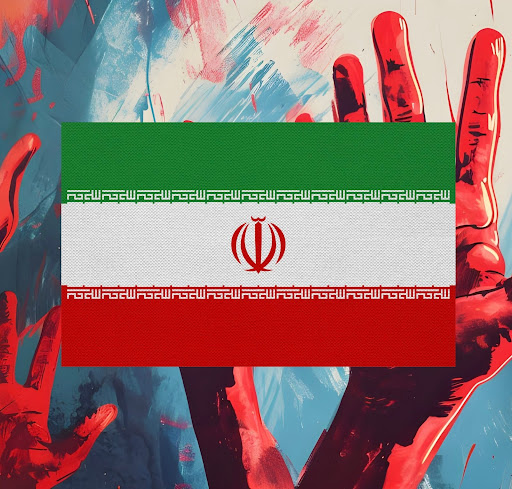
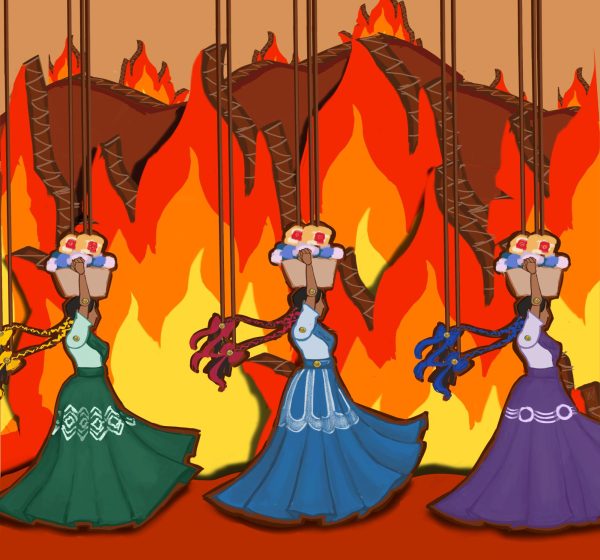
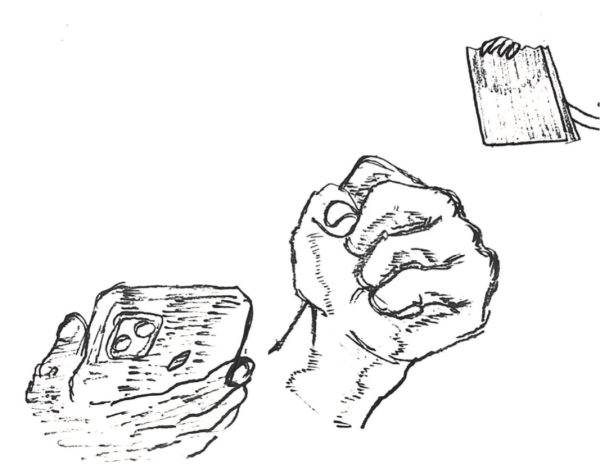
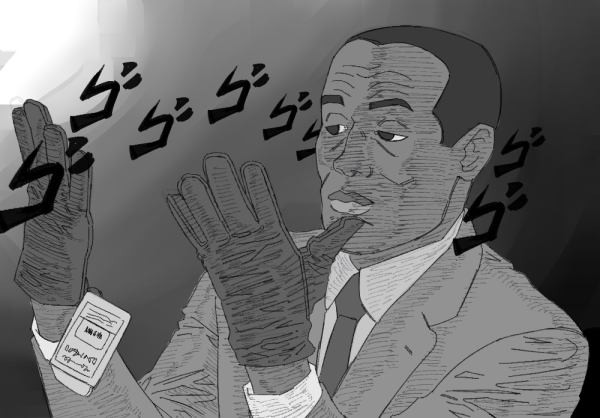
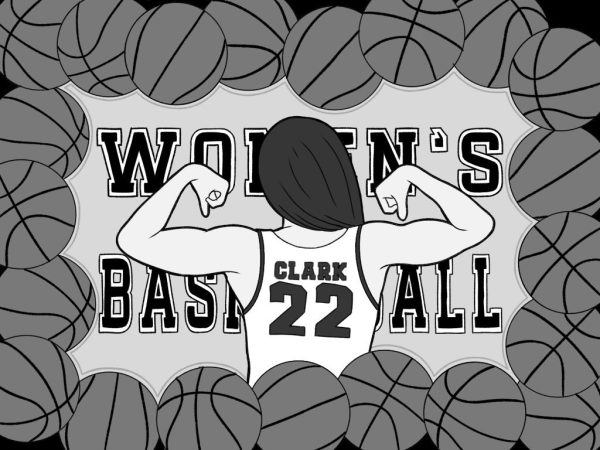
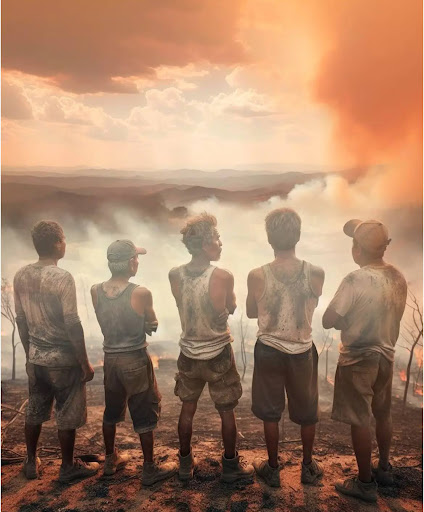
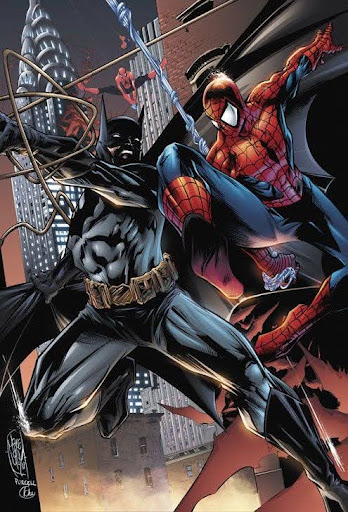
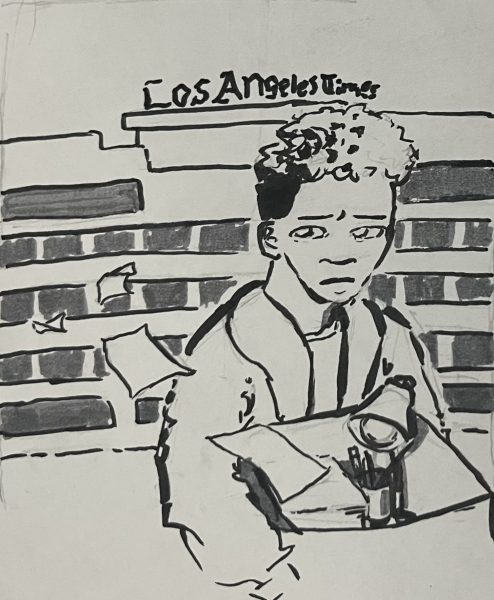
bob whitey • Apr 20, 2021 at 7:48 PM
If you need comfort and nurturing, get a support animal. This whole thing is out of control.
Akyela • Aug 29, 2019 at 4:45 PM
I agree for the most part but should we really be excluding people? The LGBT community I one that nurtures the people within it and aims to be inclusive. And although it’s becoming less “queer” And more outsiders I feel as if that’s not a bad thing. To rewrite some of your points straight people are included in the community it’s the second A for Ally. And pansexuality is more bases on the personality on a person rather than being attracted, or even caring about gender. Anyway who’s the person to judge who belongs in the community when they’re doing no wrong? There’s many people that don’t have a community and are just looking for comfort within another and although I don’t personally agree with some groups such as Pedosexuals or Zoosexuals I do believe everyone needs a community to nurture them